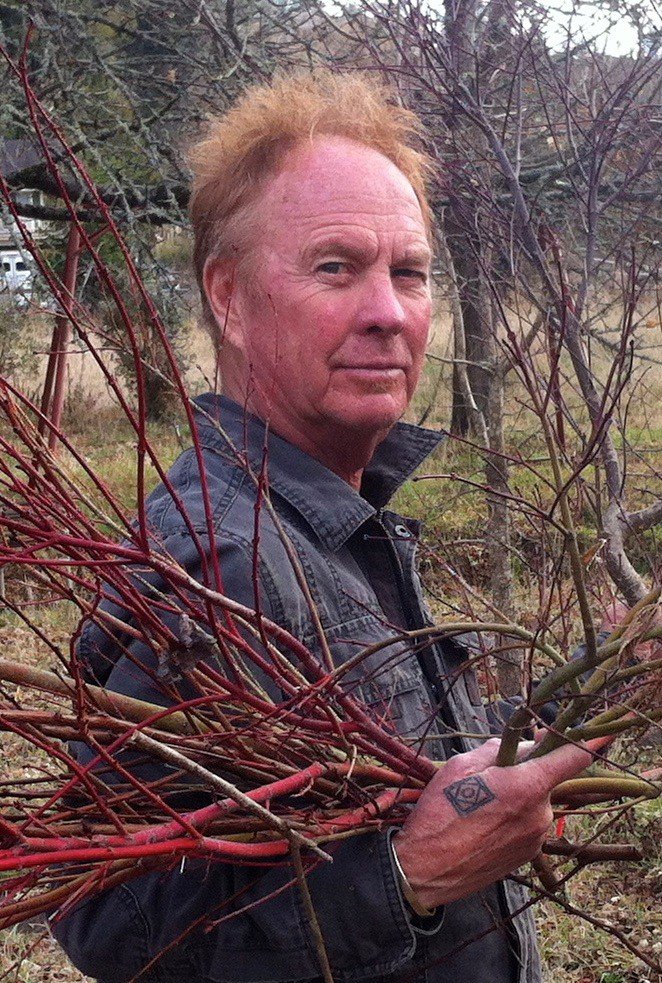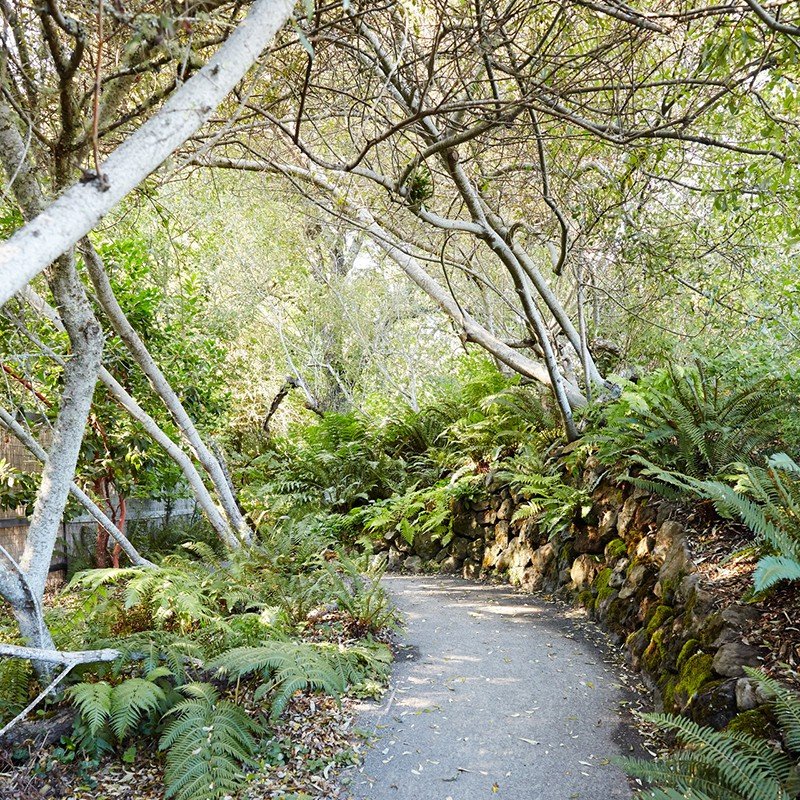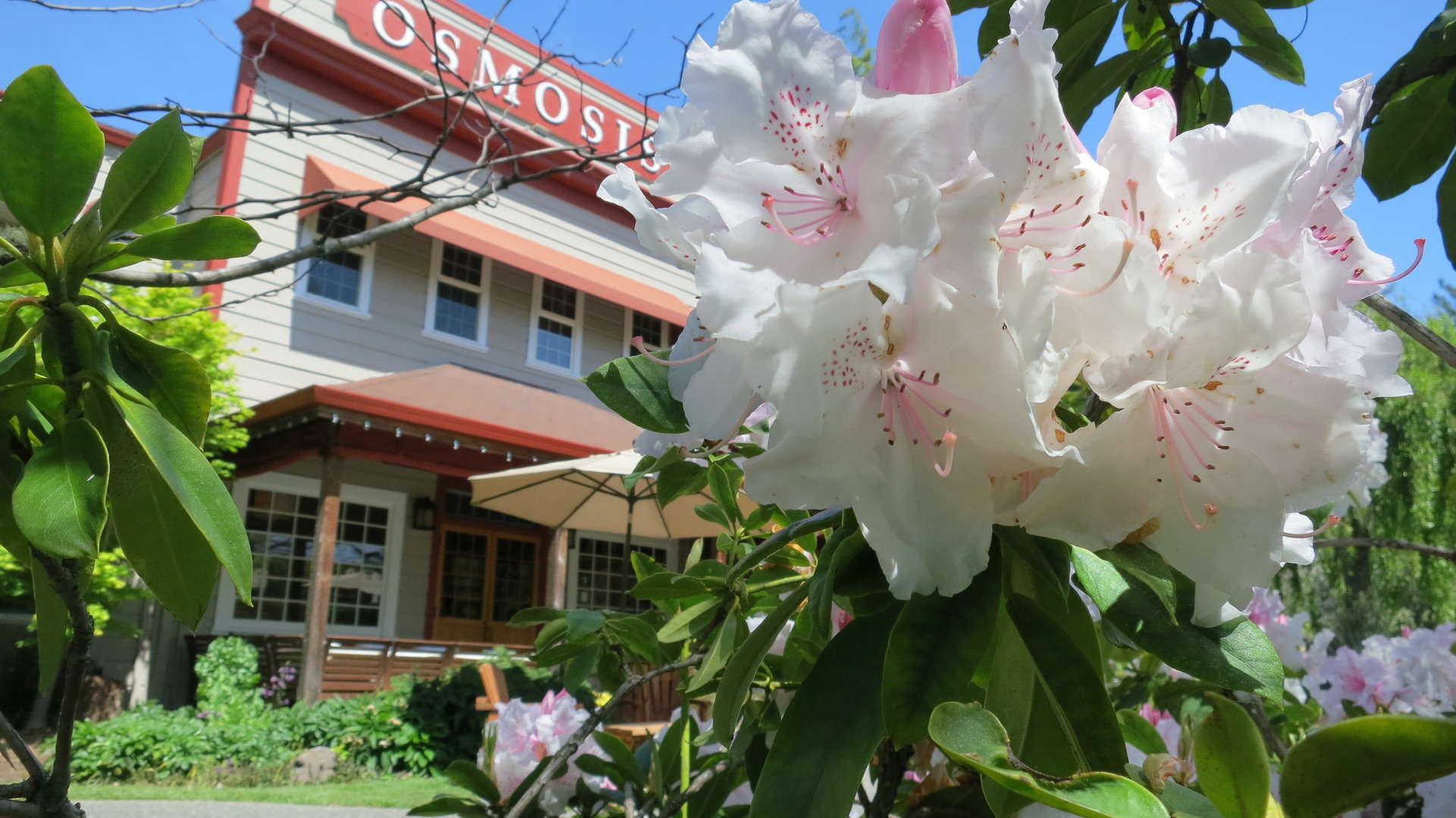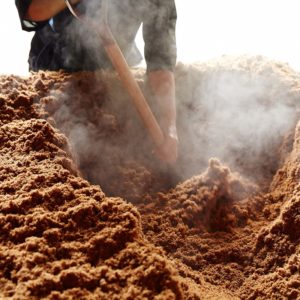Spring Garden Journal 2018
By Michael Alliger
The clouds, cold and late rains seem to do what they can to stanch the onset of spring yet plums begin blooming on Valentine’s day as usual and cherries to flower by April with a host of magnolias in between. Our California natives join the fray in the form of pink-flowering currant and blue ceanothus. We meet again the urge of the world to become itself and we gardeners see to our preparations: tools are sharpened, irrigation supplies are inventoried, fertilizers applied and the weeding begins!
Spring Pruning
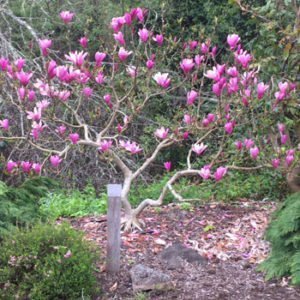
Spring pruning of deciduous trees like dogwood and Japanese maple usually begins around April 15th once the new leaves have come out and hardened up, that is, acclimated to sunand weather. The goal of Japanese garden pruning is to maintain an appropriate size (human scale) while instilling a look of age. This look is often a stylized version of much older trees that have been subjected to their environment’s gifts and trials: rain, snow, wind, heat, and drought. While much control and refinement is done in winter, spring follow up pruning is critical to maintaining this vision. While managing size by cutting back ends is paramount, inner foliage is thinned showing the intricacies of branching and the interplay of light and shadow.
Sheared Plants
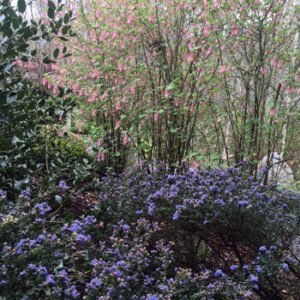 Sheared plants are a staple in a Japanese style garden and proper shearing is an art. Along with stone, they are a fundamental grounding element bringing stasis amidst change. While sometimes overlooked, low sheared plants, called tamamono (horizontal oval in shape) can be many. The hard-edged contour is an integral counterpoint to the more natural forms of other trees and shrubs. In Japan, azaleas largely fill this need. Here at Osmosis, for ecological reasons, we use replacements such as escallonia compacta, dwarf berberis and euonymus microphylla. Once new growth emerges they look shaggy, blurring the crisp edge so important to their function. Consequently, a round of shearing is necessary in spring addressing some individuals 2 or 3 times as needed.
Sheared plants are a staple in a Japanese style garden and proper shearing is an art. Along with stone, they are a fundamental grounding element bringing stasis amidst change. While sometimes overlooked, low sheared plants, called tamamono (horizontal oval in shape) can be many. The hard-edged contour is an integral counterpoint to the more natural forms of other trees and shrubs. In Japan, azaleas largely fill this need. Here at Osmosis, for ecological reasons, we use replacements such as escallonia compacta, dwarf berberis and euonymus microphylla. Once new growth emerges they look shaggy, blurring the crisp edge so important to their function. Consequently, a round of shearing is necessary in spring addressing some individuals 2 or 3 times as needed.
Of all plants in our garden pines are the one group allowed to look somewhat unruly in spring. Their new shoots emerge from buds beginning in
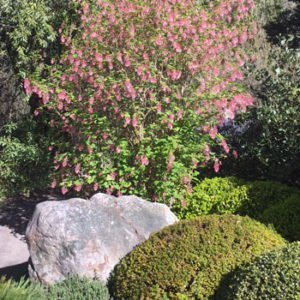
February and elongate into a tubular shape known as candles. Though there are many approaches to pine pruning, at Osmosis we allow the candles to extend fully until needles unfold from them. At this time they are removed (cut or snapped off by hand). This technique controls size while the subsequent summer growth is used to develop foliage density and limited incremental extension.
The balance of plants such as nandina, pieris, flowering quince and juniper are pruned as their new growth arises. These complementary shrubs are pruned in a more general way to add context and a natural feel to the garden.

